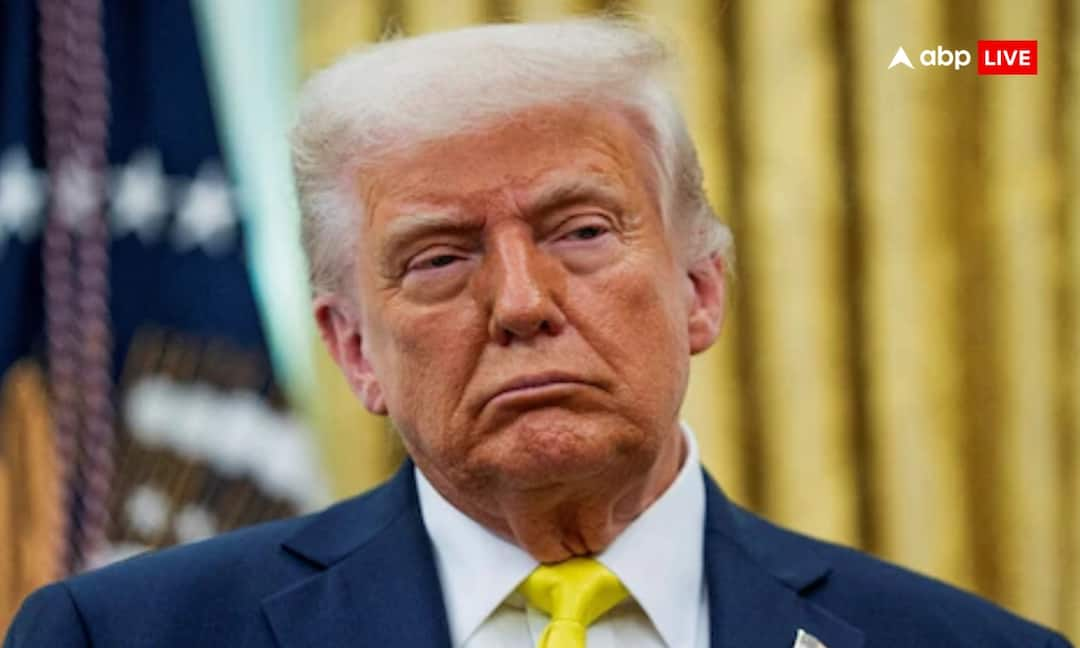Starlink is preparing to launch its satellite internet services in India soon. The company has signed a Letter of Intent (LoI) with the Maharashtra government. The announcement was shared by the state’s Chief Minister, Devendra Fadnavis. Starlink is currently waiting for final regulatory approvals from the Government of India.
Once cleared, it will join companies like Eutelsat, OneWeb and Jio SES in offering high-speed internet through satellites. This collaboration aims to bring the internet to remote regions in Maharashtra where fibre networks are still not available.
Starlink & Maharashtra LoI Details
The LoI signed between Starlink and the Maharashtra government shows that the company is serious about entering the Indian market. The LoI was signed on Wednesday, and Starlink’s Vice President, Lauren Dreyer, was present in Mumbai for the announcement.
The purpose of this partnership is to provide connectivity to areas that are currently called “dark” zones, regions with little to no internet access due to a lack of fibre infrastructure.
Once regulatory approvals and licenses are completed, the rollout will begin. This project supports the Digital India vision, where every citizen should have access to reliable internet.
The collaboration aims to connect villages, remote towns, and difficult terrains where traditional broadband networks have not reached.
This move could help schools, healthcare centres, businesses, and local communities communicate and grow better.
Deep Look Into Starlink & Maharashtra Partnership
According to the plan, Starlink will focus strongly on the B2B (business-to-business) side. This means it will provide services to government departments, institutions, companies, and large networks that need dependable high-speed internet.
However, Starlink will also work on the B2C (business to consumer) market, which means regular households may also get access in the future.
How the pricing will work in India is still unclear. In some neighbouring countries, Starlink connections are considered expensive, so it remains to be seen whether the cost will be affordable in India.
For now, the partnership signals a strong step toward improving digital connectivity in Maharashtra. If successful, it can help bridge the digital divide and provide stable internet to regions that were previously left behind.


